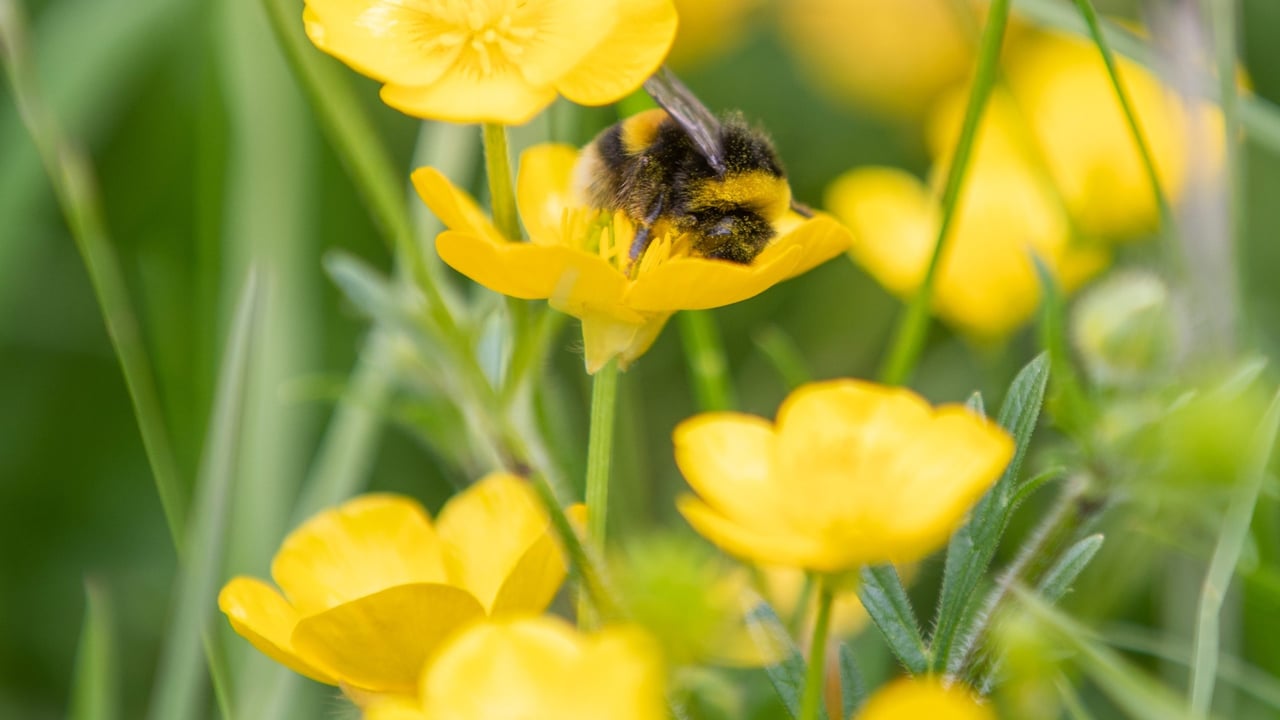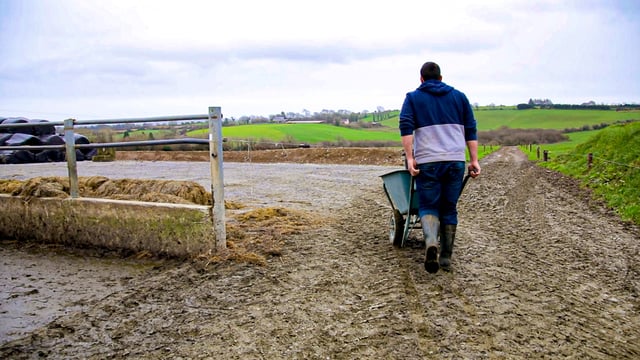€2.9m in funding for local biodiversity projects
€2.9 million in funding is to be allocated to local authorities for biodiversity projects under the National Parks and Wildlife Service (NPWS) Local Biodiversity Action Fund (LBAF) in 2025.
All 31 local authorities applied for and will receive funding this year, with a total of 262 projects across the country approved.
The projects cover a range of biodiversity-related activities, including invasive alien species control; bird and bat conservation; wetland surveys; and community biodiversity awareness and training.
The LBAF was established in 2018 to help local authorities in the implementation of actions in support of biodiversity.
Almost €11 million has been granted to local authorities through since the scheme began.
The scheme is operated by the NPWS and supports the implementation of the Ireland's fourth National Biodiversity Action Plan at community, county and regional level.
Examples of projects funded under this year’s scheme include:
- Seven local authorities will participate in the ‘Hare’s Corner’ projects, with the aim of creating new habitats such as ponds, woodlands and orchards to benefit biodiversity;
- Five local authorities will undertake ‘Return to Nature’ projects, in support of the Catholic Church’s ambition to return 30% of church grounds to nature by 2030;
- Artificial lighting training for local authorities in Connacht: Six local authorities delivered workshops on artificial lighting, bringing together experts from Dark Sky Ireland, NPWS, and Mayo County Council, to support the development and delivery of policies and actions to reduce light pollution;
- Establishing effective guidance and control protocols for invasive freshwater turtles of EU Concern in Ireland: Seven local authorities will participate in this project to provide a workable guidance and protocol document for anyone who deals with these species.
Minister for Housing, Heritage, and Local Government James Browne said that local authorities are playing an essential role in protecting biodiversity.
"Through these projects, each local authority will make a unique impact on their local biodiversity, but is also part of a bigger picture across the country.
"I welcome the focus on partnership, research, and best practice. I wish all of those involved the very best with the work and look forward to hearing more as they progress," he said.
Minister of State for Nature, Heritage, and Biodiversity, Christopher O’Sullivan added that he was impressed by the diversity of projects funded this year.
"The Local Biodiversity Action Fund will enable every local authority around the country to enhance their actions on biodiversity, including research and recording of our unique species, from the Irish Mayfly, woodland bats to barn owls, and management of precious habitats such as meadows and wetlands.
“I’d like to commend local authorities for stepping up their efforts to tackle invasive species, including Japanese Knotweed and Himalayan Balsam, which pose a real threat to our landscapes and marine environment," he said.





